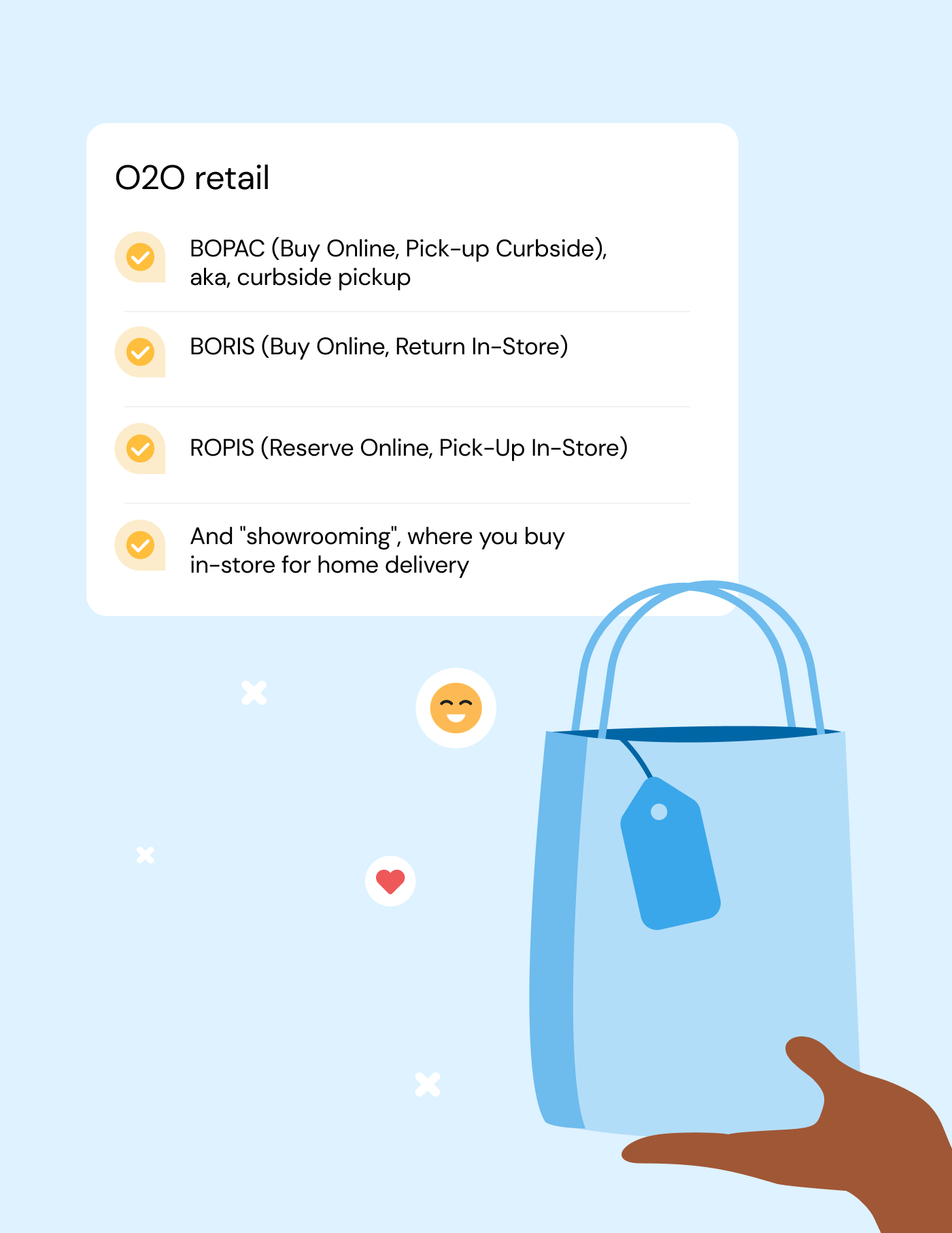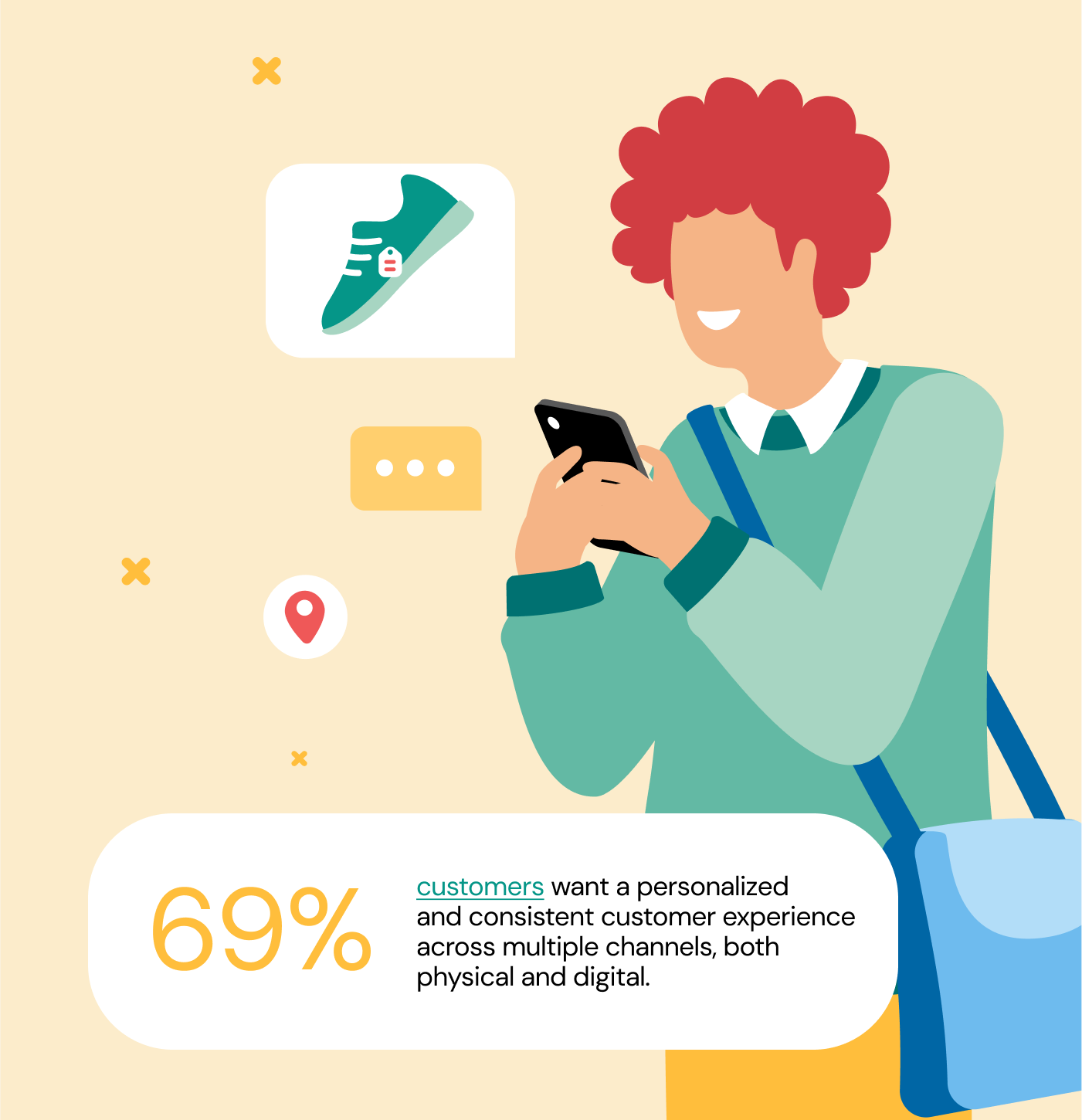Innovative customer engagement strategies are transforming how businesses achieve success. Communications platform as a service (CPaaS) is at the forefront of this evolution, reshaping the customer engagement landscape.
CPaaS is a cloud-based solution which seamlessly integrates communication services into business applications. This vital bridge ensures meaningful connections with customers are made, particularly when implemented with a sound customer engagement strategy.
A strong customer engagement strategy is the lifeblood of thriving businesses. It leverages technology to boost relationships, loyalty, and positive experiences, while driving growth and unlocking new ways of engaging customers.
In this blog, we'll explore upcoming trends that will shape the future of business communications and guide your customer engagement strategy. From the growth of online-to-offline (O2O) strategies to leveraging CPaaS for seamless customer experiences, let’s take a look at some CPaaS-guided trends that will further connect companies with their most valuable asset — their customers.
Trend #1: The continued growth of O2O
According to research conducted by Marketing Week, 50% of consumers regularly use more than four touchpoints with a brand before purchase. That’s not news, as the omnichannel customer journey has always prioritized a seamless, connected customer experience over all the channels they use.
What is news is how customers are adapting the omnichannel experience to shop differently.
One such example is the trend of buying online and picking up in store (BOPIS). Also known as “click and collect”, customers use this growing omnichannel shopping method to browse and shop virtually, and then go to an actual brick-and-mortar location to grab the product.
BOPIS is part of a broader set of omnichannel strategies often called 'online-to-offline' or O2O retail. This group includes:

-
BOPAC (Buy Online, Pick-up Curbside), aka, curbside pickup
-
BORIS (Buy Online, Return In-Store)
-
ROPIS (Reserve Online, Pick-Up In-Store)
-
"Showrooming", where you buy in-store for home delivery
In a nutshell, O2O beefs up your fulfillment strategy by adding retail locations to your network, making it easy to fulfill online orders.
Even though O2O has been around since before the COVID-19 pandemic, it exploded thereafter as a way for retailers to provide contactless delivery. And according to research conducted by eMarketer, BOPIS sales alone are expected to grow from $113 billion in 2023 to $154 billion in 2025, globally.
CPaaS solutions are essential to implementing an O2O process; they ensure a smooth alignment between your online and in-store functions, streamline inventory management, and provide customers with a hassle-free ordering and pickup experience.
From placing the order via website or app to the notification that the product is ready for pick up, O2O and CPaaS are a match made in retail heaven that you can leverage to buoy your customer engagement strategy.
Trend #2: Conversational AI would like a word
Conversational AI-powered chatbots can successfully handle up to 70% of frequently asked questions, improving the customer experience in the process. According to data from Uberall, 80% of users find well-designed chatbots helpful.
AI chatbots have evolved significantly, now offering enhanced personalization. Gone are the days when chatbots merely answered basic queries. They now excel in the following aspects:
-
Natural Language Processing (NLP): AI chatbots employ NLP to comprehend user intent and furnish personalized responses.
-
Tailored responses: AI chatbots can craft responses specific to each user's prior interactions with the bot.
-
Personalized content: AI chatbots curate content like articles, videos, or products, aligned with a user's interests and search history.
Success for AI chatbots hinges on their adeptness at grasping conversational context and delivering pertinent responses. As AI chatbots continue to advance, their capability to discern user input and its underlying rationale will enable them to offer even more finely-tailored responses that cater to users' unique preferences and requirements.
Many businesses are now embracing AI to provide customers with the proactive, tailor-made service they desire, even predicting their needs before they do. This isn't just about enhancing customer satisfaction; it's also a powerful customer engagement strategy that can open up new avenues for upselling and cross-selling, all while streamlining costs.
To put this into perspective, a McKinsey study on the global banking sector projects that AI technologies have the potential to add a whopping $1 trillion in annual value.
The smarter your chatbot, the better it can help your customers. Unlike rule-based bots that are better suited to addressing simple queries and routing them to the right place, conversational AI bots can handle more in-depth inquiries on their own, reducing the need for constant customer-agent transfers. Both types of bots have a role to play in providing great customer experiences, and we expect their usage to only grow.
Trend #3: Personalized, just for you

Nowadays, customers are bombarded with messages from all channels 24/7. It can be a lot to wade through and is the main cause of “banner blindness”, whereby customers learn to disregard or even gloss over banner ads.
The solution, of course, is to leverage data to create a personalized experience.
Now, while the concept of personalization is nothing new, the evolution of customer-company interactions has welcomed in a new era: the average person switches between three devices to complete a task and uses more than 10 channels to communicate with businesses, according to Google.
In fact, 69% of customers want a personalized and consistent customer experience across multiple channels, both physical and digital. Your customer engagement strategy needs to take an omnichannel approach to personalization, one that provides an integrated and interconnected customer experience across all channels. And that’s only possible using CPaaS tools.
But a better customer experience isn’t the only benefit. One of the fantastic advantages of personalized omnichannel experiences is their ability to make your customers feel truly unique. By crafting custom-tailored experiences that cater to your customers' preferences at every interaction, your brand can foster lasting loyalty, boost customer retention, and reduce churn.
What's more, omnichannel personalization opens the door to smarter advertising strategies. This means you can direct your marketing budget where it matters most, ensuring you engage with your customers effectively and make the most of your marketing dollars.
And speaking of bottom lines, omnichannel personalization creates higher conversions and sales, because when customers feel valued, they're more likely to buy.
Future-proof your customer engagement strategy
These key trends and innovations in customer engagement are reshaping the business landscape, with CPaaS solutions taking center stage. Adapting to these trends will be key for businesses looking to drive differentiation and sustainable growth in today’s hyper-competitive environment.
The right CPaaS provider will help you deliver consistent, customized experiences, enhance customer satisfaction, foster loyalty, and drive higher conversions and sales, all while reducing costs.
And for more information on the state of the CPaaS industry, download the 2023 Gartner Magic Quadrant for CPaaS and discover why Sinch was named a Leader.




